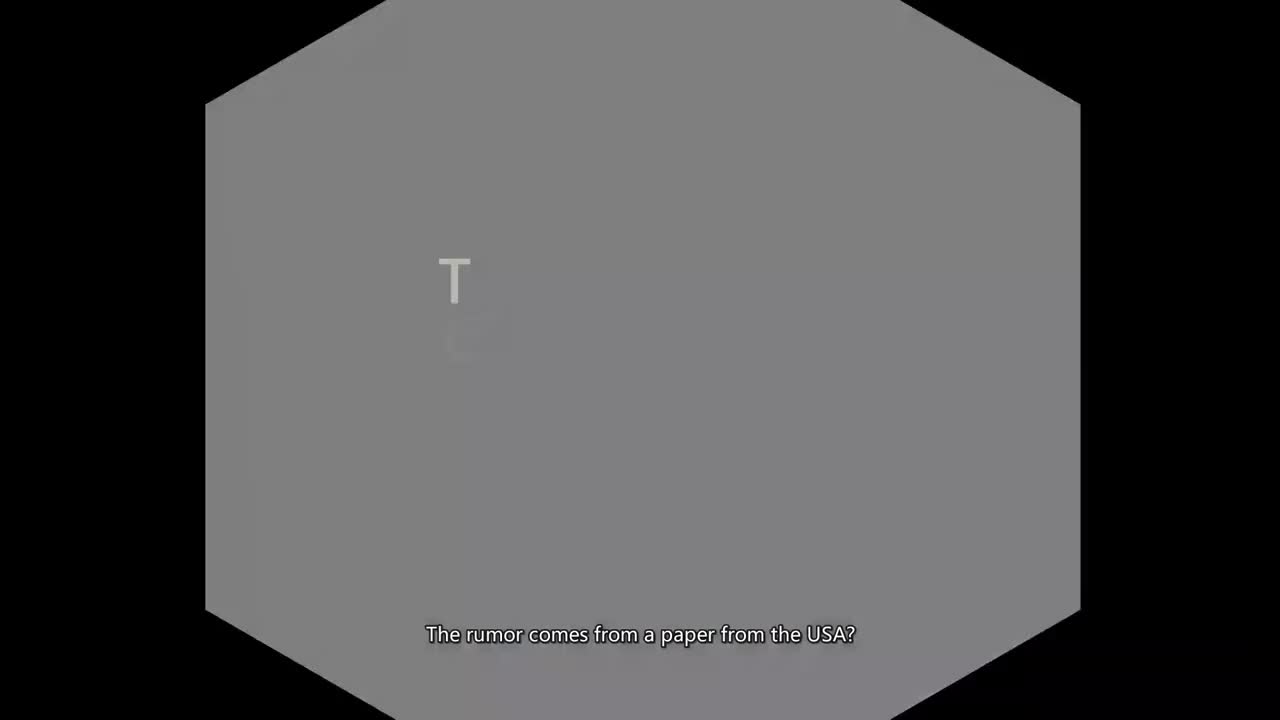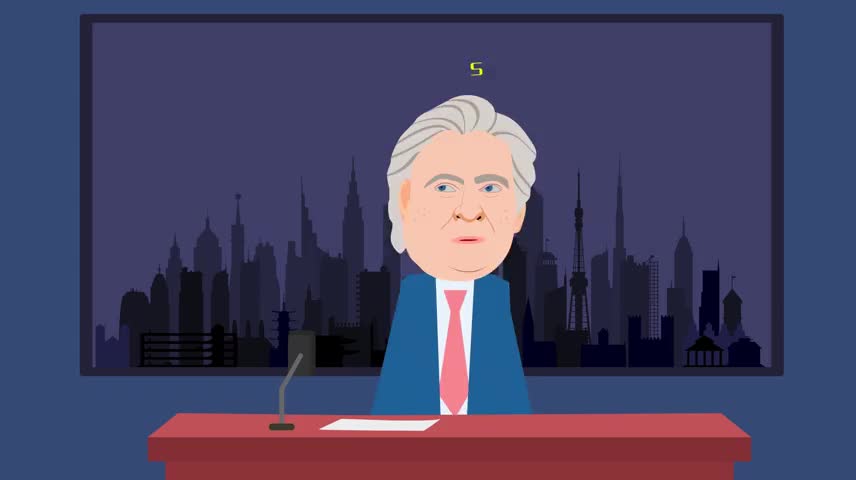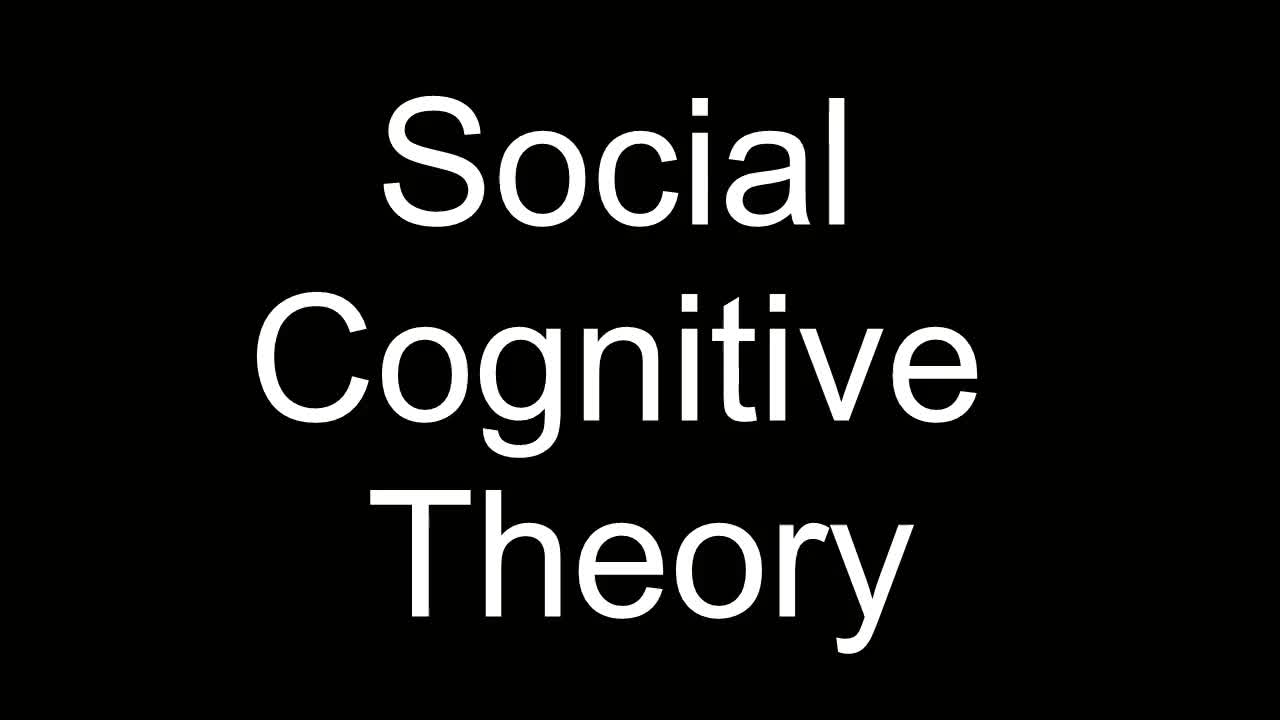High School > Math > Logic and Set Theory Videos
Sets are a basic concept in math that is taught at different levels. Students may recognize set theory lessons as Venn diagrams, or those circles that overlap each other. Like numbers, there are also operations on these sets, like union and intersection. Unlike numbers, though, sets and the logic of set theory do not have very “direct” applications in real life.
If numbers can be applied to money, cooking, engineering, and more, set theory is something that almost doesn’t see the light of day outside the classroom. In fact, most people would find set theory very abstract and not useful at all. To many, it’s something like advanced calculus that can only be applied by hardcore engineers and scientists.
However, the key to understanding set theory is its logic. Here’s the deal: sets can define a collection of infinite elements, like the set of whole numbers. That goes on from 1, 2, 3, up to infinity. This also applies to the set of rational numbers, the set of integers, and others. The logic of set theory allows students to understand the relationships between those different sets of numbers more accurately. So instead of, say, whole numbers being all over the place, they can be “caged” into just one set, represented by a circle in a Venn diagram.
Let’s take the whole numbers and natural numbers. The set of natural numbers is 1, 2, 3, 4, 5, and so on, while the set of whole numbers is all of those and zero. So we can say that the set of whole numbers (W) is bigger than the set of natural numbers (N). Why? Because technically the former has one more element – the number zero. In the language of set theory, N is a subset of W.
Other sets of numbers can be described in terms of subsets too. It is this kind of logic that is important for students to know.









